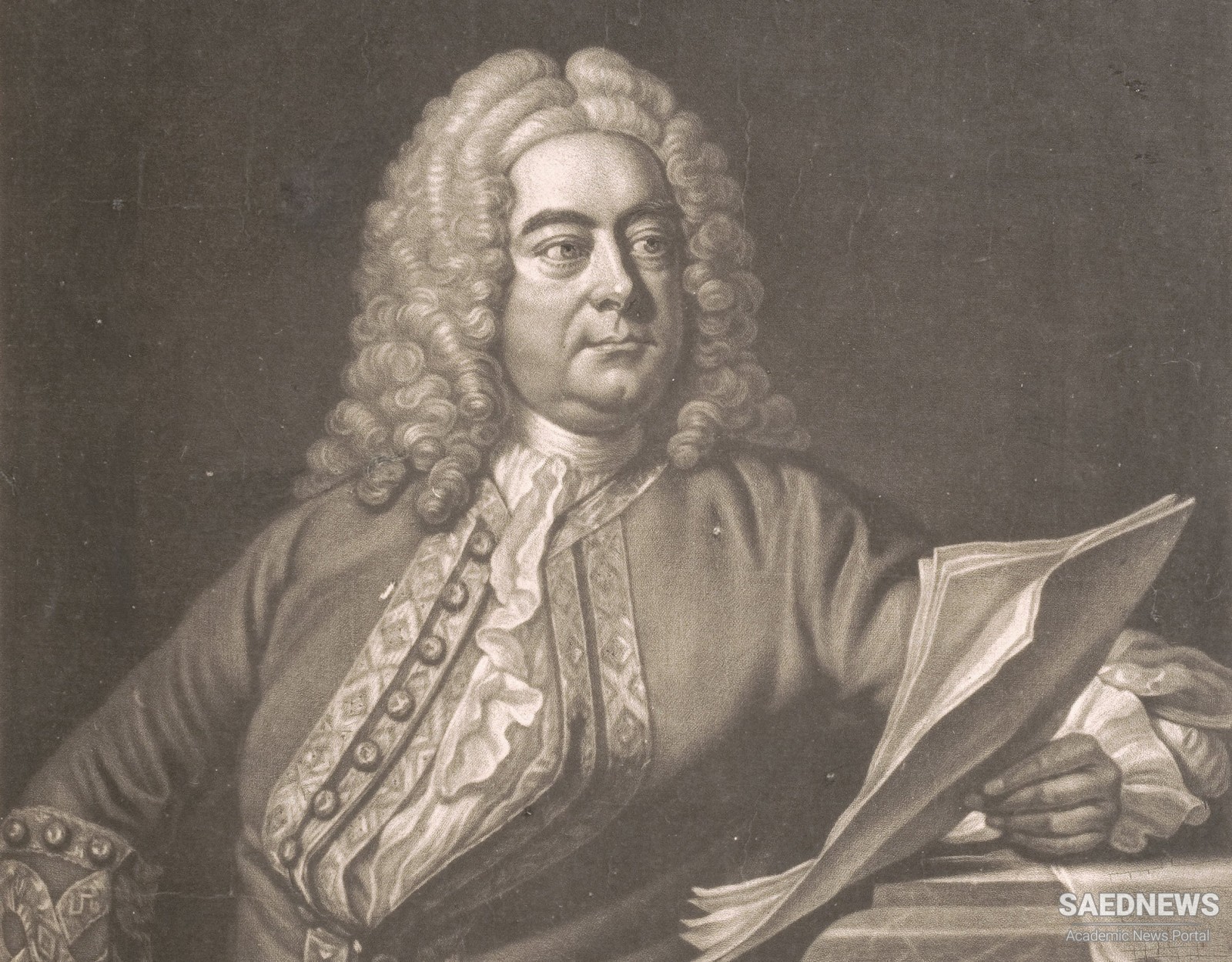The first basis of Handel’s style was the north German music of his childhood, but it was soon completely overlaid by the Italian style that he acquired in early adulthood during his travels in Italy. The influences of Arcangelo Corelli and Alessandro Scarlatti can be detected in his work to the end of his long life, and the French style of Jean-Baptiste Lully and, later, that of the English composer Henry Purcell are also evident. There is a robustness in Handel’s later music that gives it a very English quality. Above all, his music is eminently vocal. His choral writing is remarkable for the manner in which it interweaves massive but simple harmonic passages with contrapuntal sections of great ingenuity, the whole most effectively illustrating the text. His writing for the solo voice is outstanding in its suitability for the medium. Handel had a striking ability to depict human character musically in a single scene or aria, a gift used with great dramatic power in his operas and oratorios. Though the bulk of his music was vocal, Handel was nevertheless one of the great instrumental composers of the late Baroque era. His long series of overtures (mostly in the French style), his orchestral concertos (Opus 3 and Opus 6), his large-scale concert music for strings and winds (such as the Water Music and the Fireworks Music), and the massive double concertos and organ concertos all show him to have been a complete master of the orchestral means at his command. Handel had a lifelong attachment to the theatre—even his oratorios were usually performed on the stage rather than in church. Like other composers of his time, he accepted the conventions of Italian opera, with its employment of male sopranos and contraltos and the formalized sequences of stylized recitatives and arias upon which opera seria was constructed. Using these conventions, he produced Italian operas, such as Giulio Cesare (1724), Sosarme (1732), and Alcina (1735), which still make impressive stage spectacles. But Handel’s oratorios now seem even more dramatic than his operas, and they can generally be performed on the stage with remarkably little alteration. Most of them, from early attempts such as Esther to later works such as Saul, Samson, Belshazzar, and Jephtha, treat a particular dramatic theme taken from the Hebrew Bible that illustrates the heroism and suffering of a particular individual. The story line is illustrated by solo recitatives and arias and underlined by the chorus. With Israel in Egypt and Messiah, however, the emphasis is quite different, Israel because of its uninterrupted chain of massive choruses, which do not lend themselves to stage presentation, and Messiah because it is a meditation on the life of Christ the Saviour rather than a dramatic narration of his Passion. Handel also used the dramatic oratorio genre for a number of secular works, chief among which are Semele, Hercules, and Acis and Galatea, all based on stories from Greek mythology.


 George Frideric Handel: German Souvenir for British Music
George Frideric Handel: German Souvenir for British Music














































